Home>Maintenance & Safety>Home Maintenance Checklists>How Big Is A 50 Liter Trash Can
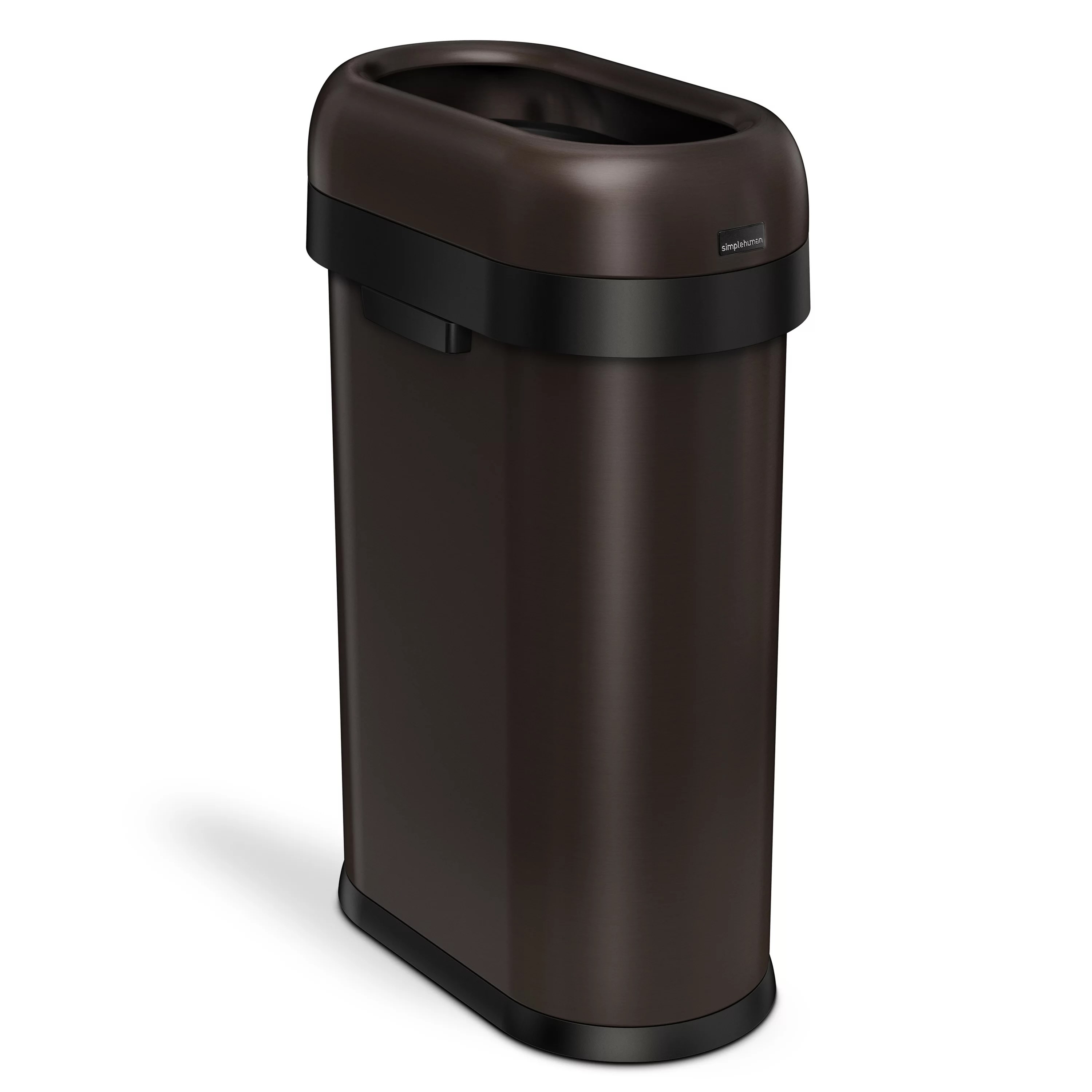

Home Maintenance Checklists
How Big Is A 50 Liter Trash Can
Modified: January 22, 2024
Discover the ideal size for a 50-liter trash can and streamline your home maintenance with our helpful checklists. Keep your space tidy and organized effortlessly!
(Many of the links in this article redirect to a specific reviewed product. Your purchase of these products through affiliate links helps to generate commission for Storables.com, at no extra cost. Learn more)
Introduction
Welcome to the world of home maintenance, where every detail counts, including the size of your trash can. In this guide, we'll delve into the dimensions and uses of a 50-liter trash can, helping you make an informed decision for your home. Whether you're upgrading your current waste management system or seeking a new addition to your home, understanding the dimensions and potential applications of a 50-liter trash can is crucial.
A trash can may seem like a mundane household item, but its size and functionality can significantly impact your daily routine. From managing kitchen waste to facilitating efficient recycling, the right trash can size can streamline your household tasks and contribute to a cleaner, more organized living space. Let's explore the standard size of a 50-liter trash can and its various applications to shed light on this essential home maintenance tool.
Key Takeaways:
- A 50-liter trash can is about 25 inches tall, 16 inches wide, and 13 inches deep, making it great for kitchen waste, recycling, and outdoor use. It’s a versatile and practical addition to any home!
- When choosing a 50-liter trash can, consider its size, durability, lid mechanism, odor control, mobility, and design. It’s not just a trash can, it’s a tool for a cleaner, more organized home!
Read more: How Big Is A 30 Liter Trash Can
Standard Size of a 50 Liter Trash Can
When it comes to the standard size of a 50-liter trash can, it’s essential to consider both its dimensions and capacity. Typically, a 50-liter trash can measures around 25 inches in height, 16 inches in width, and 13 inches in depth. These dimensions may vary slightly based on the specific design and brand of the trash can, but they provide a general idea of the size you can expect.
One of the key factors to consider when assessing the size of a 50-liter trash can is its capacity. A 50-liter trash can has a capacity of approximately 13 gallons, making it suitable for managing the waste generated in various areas of your home. Whether you place it in the kitchen, garage, or outdoor living space, a 50-liter trash can offers ample room for disposing of everyday waste without the need for frequent emptying.
Additionally, the size of a 50-liter trash can makes it a versatile option for both indoor and outdoor use. Its moderate dimensions allow for easy placement in kitchens, utility rooms, or other indoor spaces, while its sturdy construction and generous capacity make it well-suited for outdoor waste management, such as in patios or backyard areas.
Understanding the standard size of a 50-liter trash can is essential for determining its compatibility with your available space and waste management needs. By considering its dimensions and capacity, you can make an informed decision when selecting a 50-liter trash can for your home.
Common Uses for a 50 Liter Trash Can
A 50-liter trash can serves a multitude of purposes in a household, catering to various waste management needs and contributing to a clean and organized living environment. Understanding the common uses of a 50-liter trash can can help you maximize its functionality and efficiency in different areas of your home.
Kitchen Waste Management: One of the primary uses of a 50-liter trash can is for managing kitchen waste. From food scraps to packaging materials, a 50-liter capacity provides ample room for disposing of daily kitchen waste without the need for frequent emptying. Its moderate size allows for convenient placement in the kitchen, facilitating efficient waste segregation and disposal.
Recycling Purposes: A 50-liter trash can is also well-suited for recycling purposes, enabling you to separate recyclable materials from general waste. You can use it to collect paper, plastic, glass, and metal recyclables, promoting sustainable waste management practices within your household. Its size and capacity make it an ideal recycling bin for various recyclable materials.
Outdoor Waste Collection: In outdoor spaces such as patios, decks, or backyard areas, a 50-liter trash can serves as a reliable waste collection solution. Whether you’re hosting outdoor gatherings or tending to your garden, this size of trash can offers the convenience of managing outdoor waste without frequent trips to the main waste disposal area.
Utility Room Organization: Within the utility room or laundry area, a 50-liter trash can can be used to collect lint, packaging materials, and other waste generated during household chores. Its size and capacity make it a practical addition to the utility room, promoting a tidy and efficient waste management system.
By understanding the common uses of a 50-liter trash can, you can leverage its versatility and functionality in different areas of your home, contributing to a more organized and sustainable living space.
A 50 liter trash can is approximately 13 gallons in size. This can help you visualize its capacity and decide if it’s the right size for your needs.
Factors to Consider When Choosing a 50 Liter Trash Can
When selecting a 50-liter trash can for your home, several important factors should guide your decision-making process. By considering these key elements, you can ensure that the chosen trash can aligns with your waste management needs and complements your household’s functionality and aesthetics.
Size and Dimensions: The size and dimensions of the trash can are crucial considerations. Ensure that the 50-liter trash can fits within the available space in your kitchen, utility room, or outdoor area. Additionally, consider the height, width, and depth to determine its compatibility with your preferred location for waste disposal.
Material and Durability: Assess the material and construction of the trash can to ensure its durability and longevity. Opt for high-quality materials such as stainless steel, durable plastic, or corrosion-resistant metal to withstand regular use and varying environmental conditions, especially for outdoor placement.
Lid Mechanism: The lid mechanism plays a significant role in containing odors and preventing pests. Consider whether you prefer a step-on lid, swing lid, or touchless lid for convenience and hygiene. Additionally, a secure lid mechanism is essential for outdoor use to prevent wildlife interference.
Odor Control Features: Some 50-liter trash cans offer odor control features such as carbon filters or deodorizer compartments. If managing odors is a concern, look for a trash can with effective odor containment capabilities to maintain a fresh and pleasant indoor environment.
Mobility and Maneuverability: If you anticipate moving the trash can between indoor and outdoor spaces, consider features that enhance mobility, such as sturdy handles, smooth-rolling wheels, or a manageable weight for easy transportation.
Design and Aesthetics: The visual appeal of the trash can is an important factor, especially for indoor placement. Choose a design and finish that complements your interior decor and reflects your personal style, ensuring that the trash can seamlessly integrates into its surroundings.
By carefully considering these factors when choosing a 50-liter trash can, you can select a waste management solution that aligns with your practical needs, aesthetic preferences, and household dynamics, ultimately contributing to a well-organized and efficient living space.
Conclusion
As we conclude our exploration of the 50-liter trash can, it becomes evident that this seemingly ordinary household item plays a vital role in maintaining a clean, organized, and sustainable living environment. Understanding the standard size, common uses, and essential factors to consider when choosing a 50-liter trash can empowers homeowners to make informed decisions that align with their waste management needs and household dynamics.
The standard size of a 50-liter trash can, with its moderate dimensions and generous capacity, makes it a versatile solution for managing kitchen waste, facilitating recycling efforts, and maintaining outdoor spaces. Its practical dimensions allow for convenient placement in various areas of the home, promoting efficient waste segregation and disposal.
Furthermore, the common uses of a 50-liter trash can span across different aspects of household waste management, from kitchen waste disposal to outdoor waste collection and recycling. Its adaptability and functionality make it a valuable addition to any home, contributing to a cleaner and more organized living space.
When choosing a 50-liter trash can, homeowners should consider factors such as size and dimensions, material durability, lid mechanism, odor control features, mobility, and design aesthetics. By carefully evaluating these elements, individuals can select a trash can that not only meets their practical waste management needs but also complements their interior decor and lifestyle preferences.
In essence, the 50-liter trash can transcends its basic function of waste containment and disposal, emerging as an essential tool for promoting cleanliness, organization, and sustainability within the home. By harnessing its practicality and versatility, homeowners can elevate their waste management practices and contribute to a more efficient and aesthetically pleasing living environment.
As you embark on the journey of enhancing your home maintenance checklist, may this guide serve as a valuable resource in understanding the dimensions, uses, and considerations associated with the 50-liter trash can, ultimately empowering you to make well-informed decisions for your household waste management needs.
Frequently Asked Questions about How Big Is A 50 Liter Trash Can
Was this page helpful?
At Storables.com, we guarantee accurate and reliable information. Our content, validated by Expert Board Contributors, is crafted following stringent Editorial Policies. We're committed to providing you with well-researched, expert-backed insights for all your informational needs.
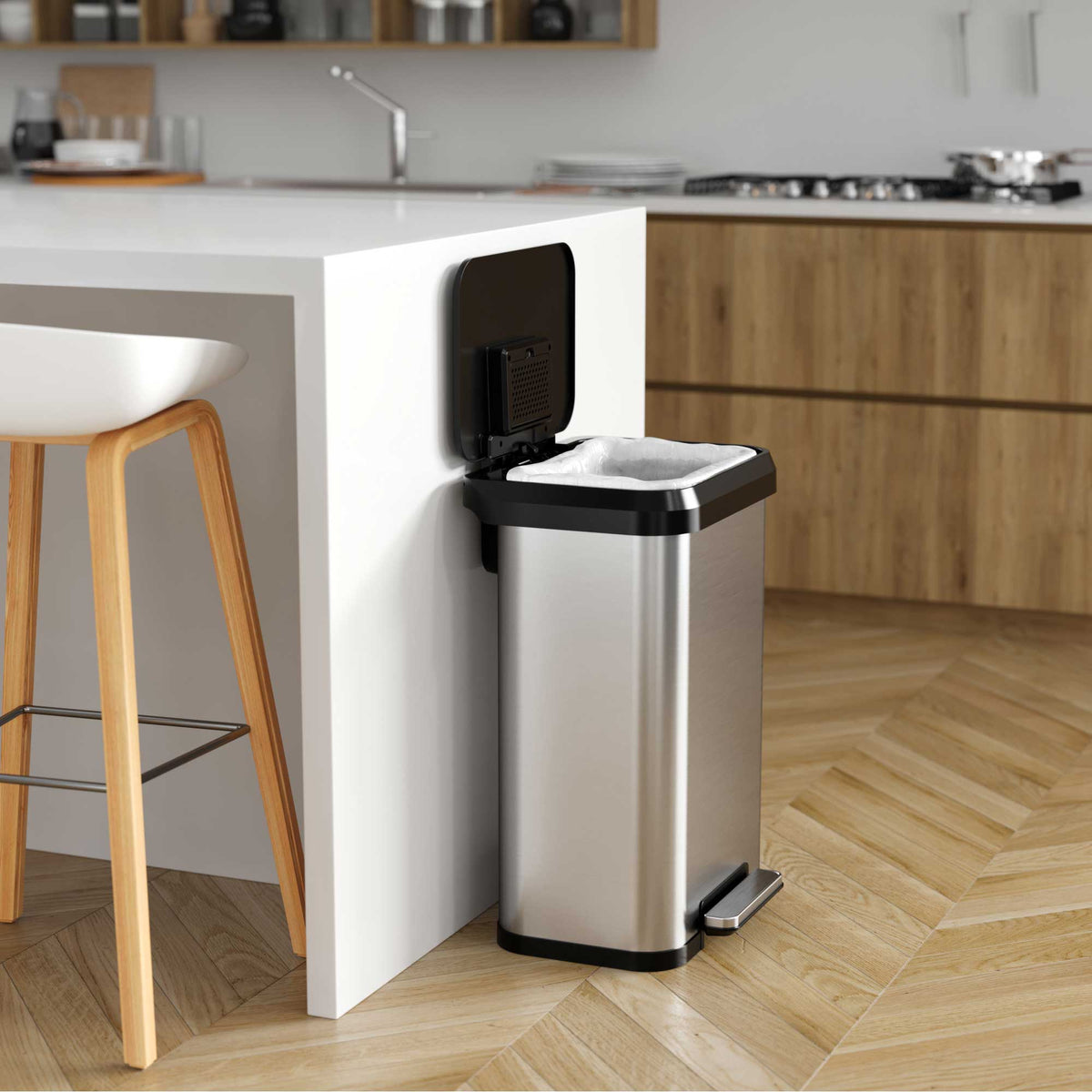
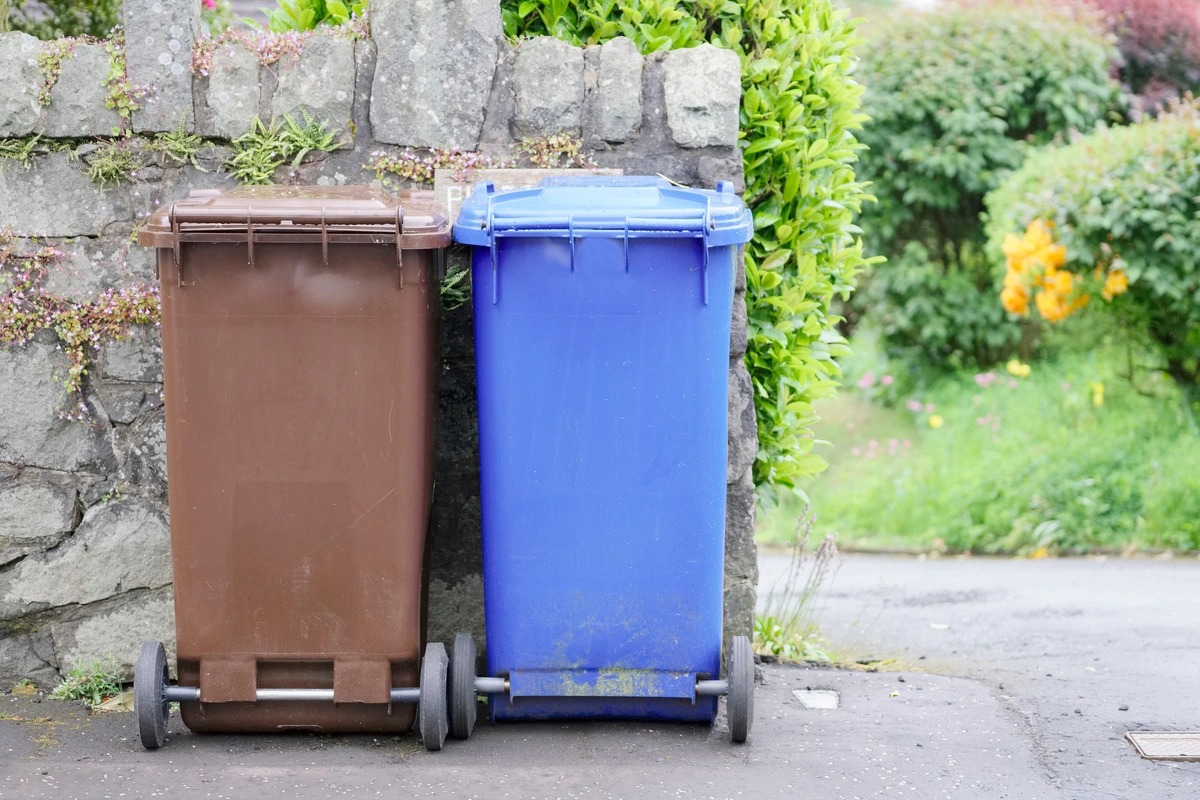
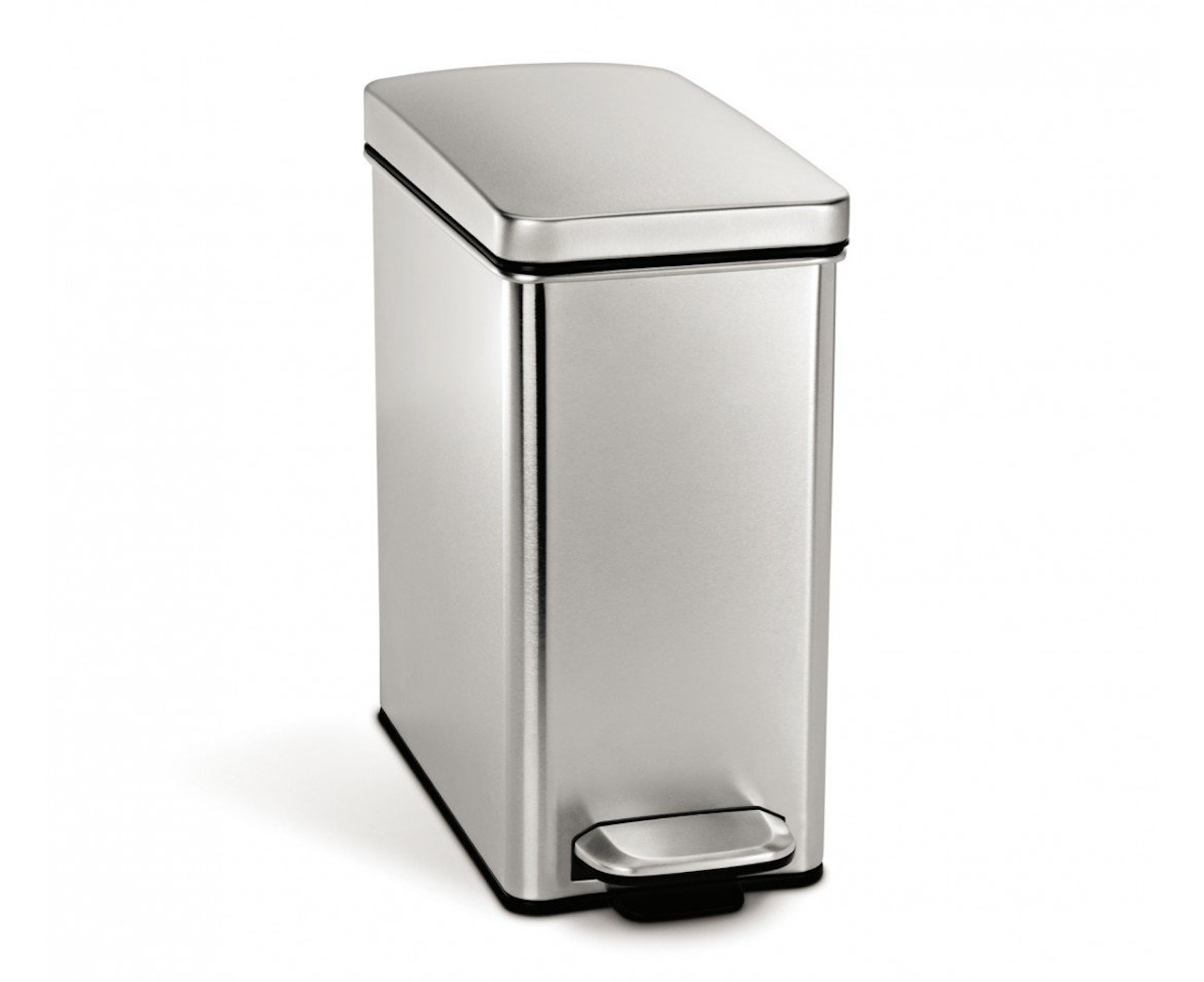
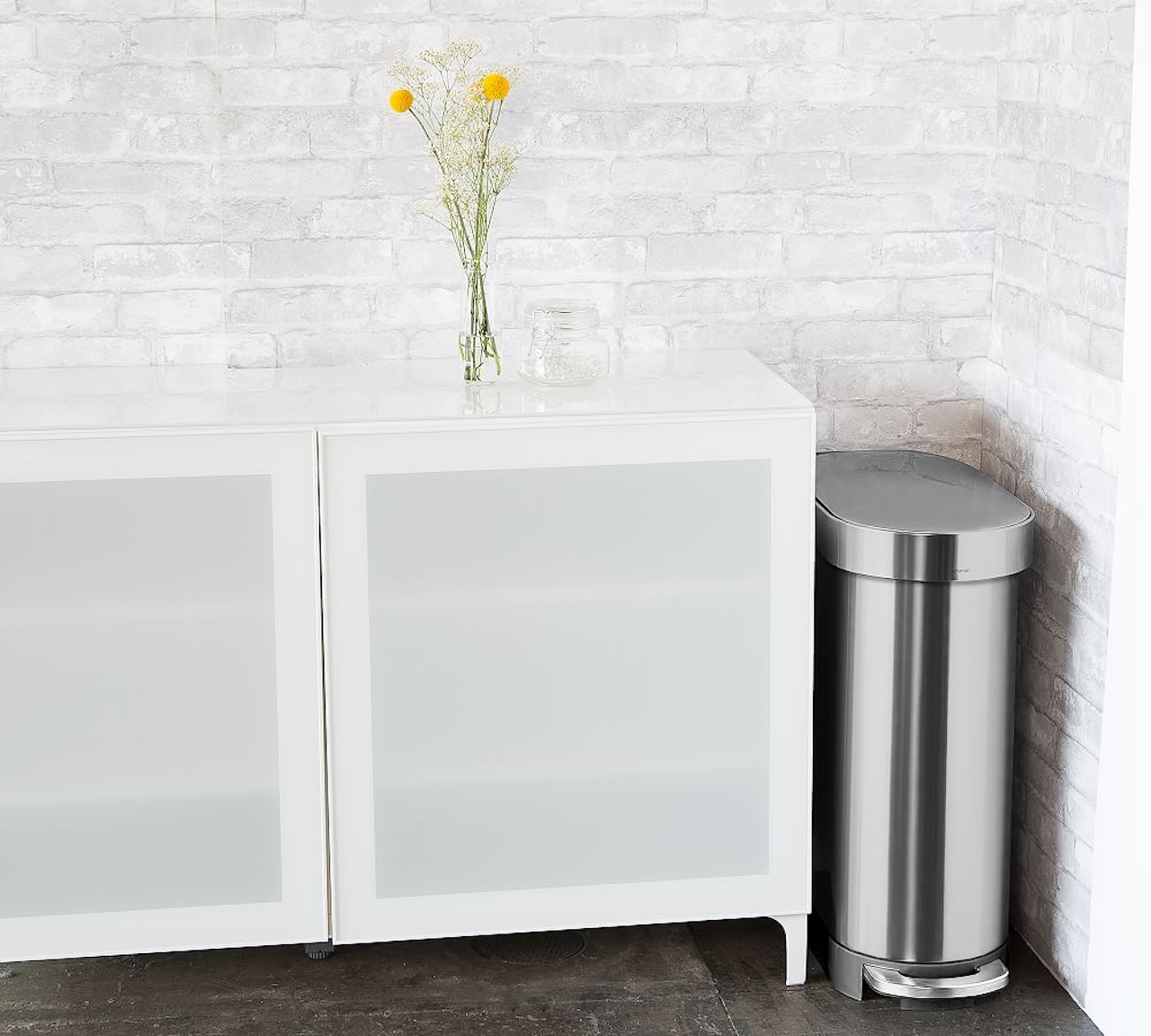
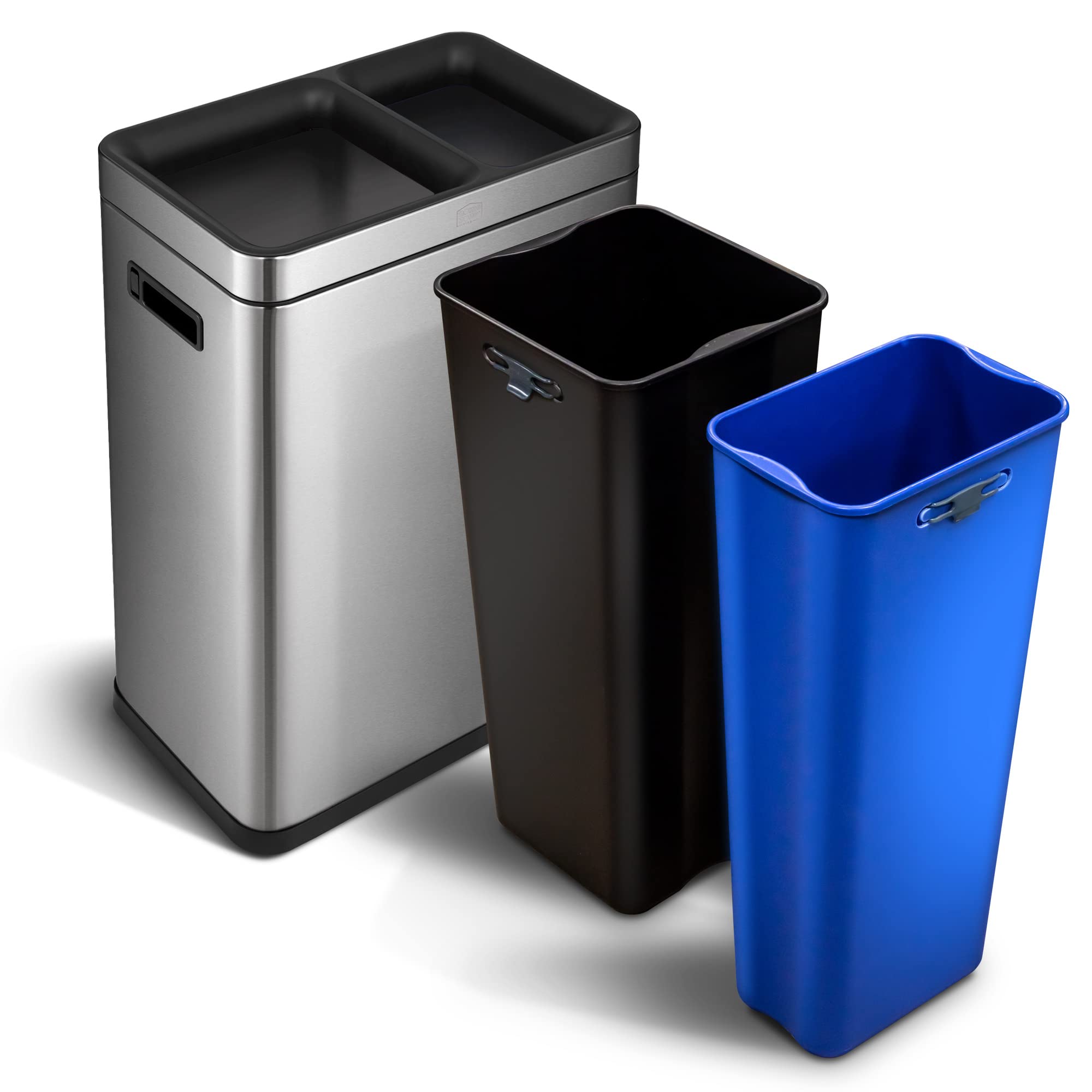
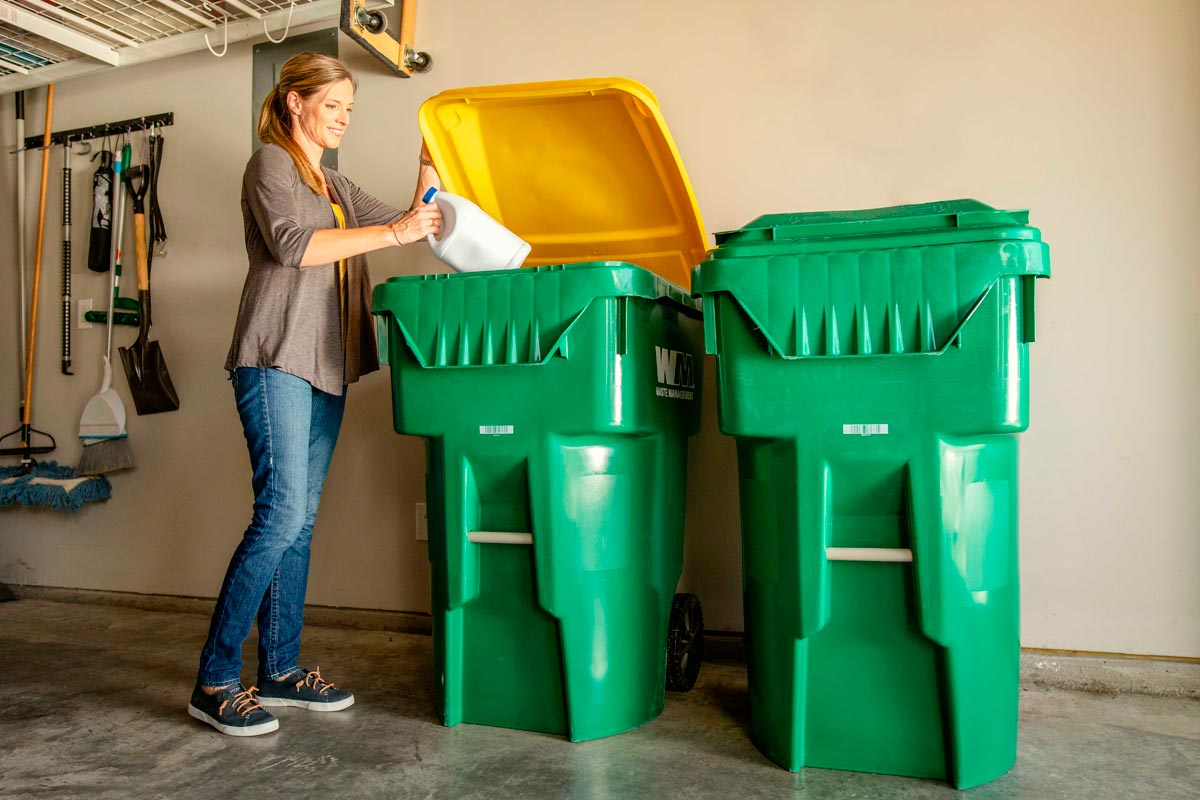
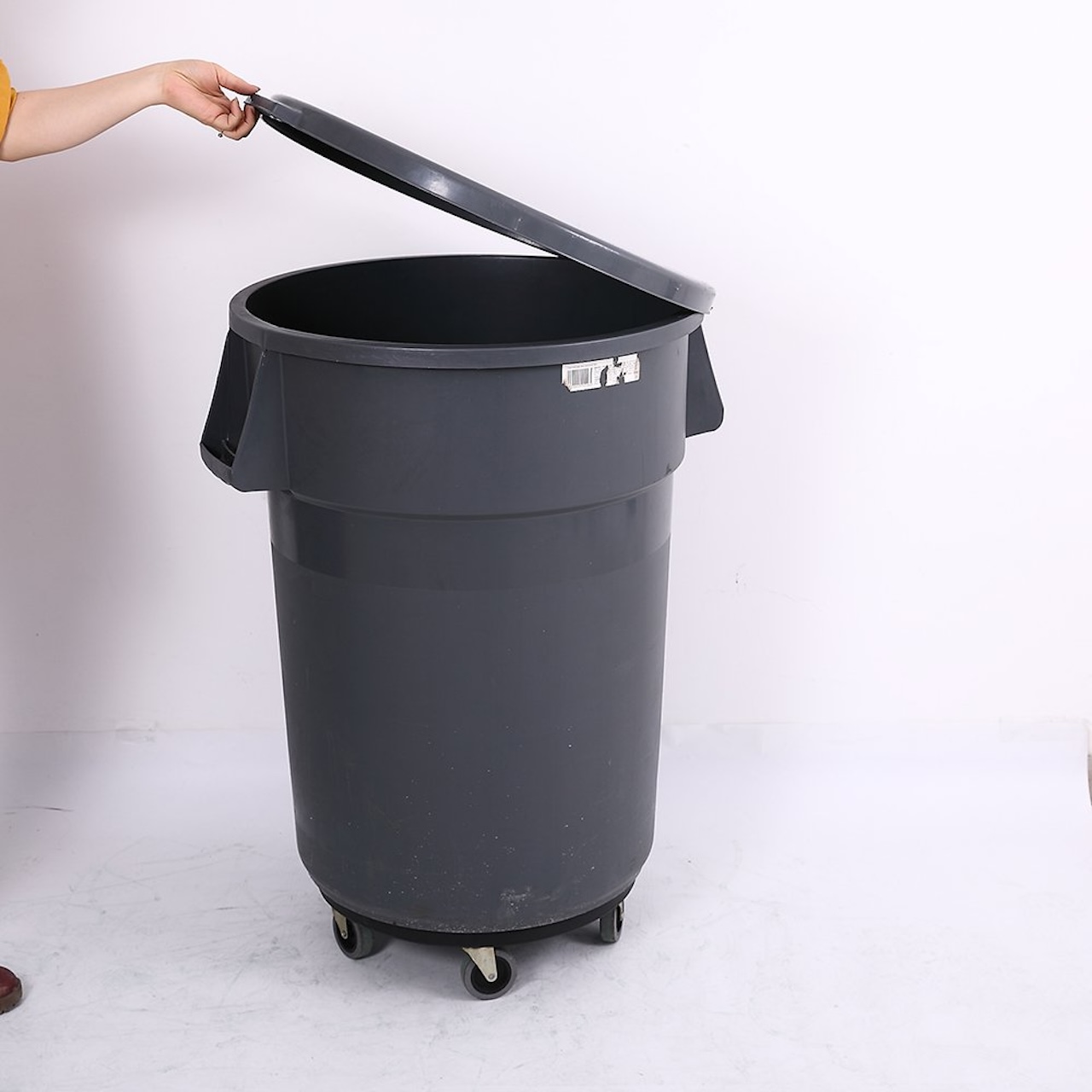
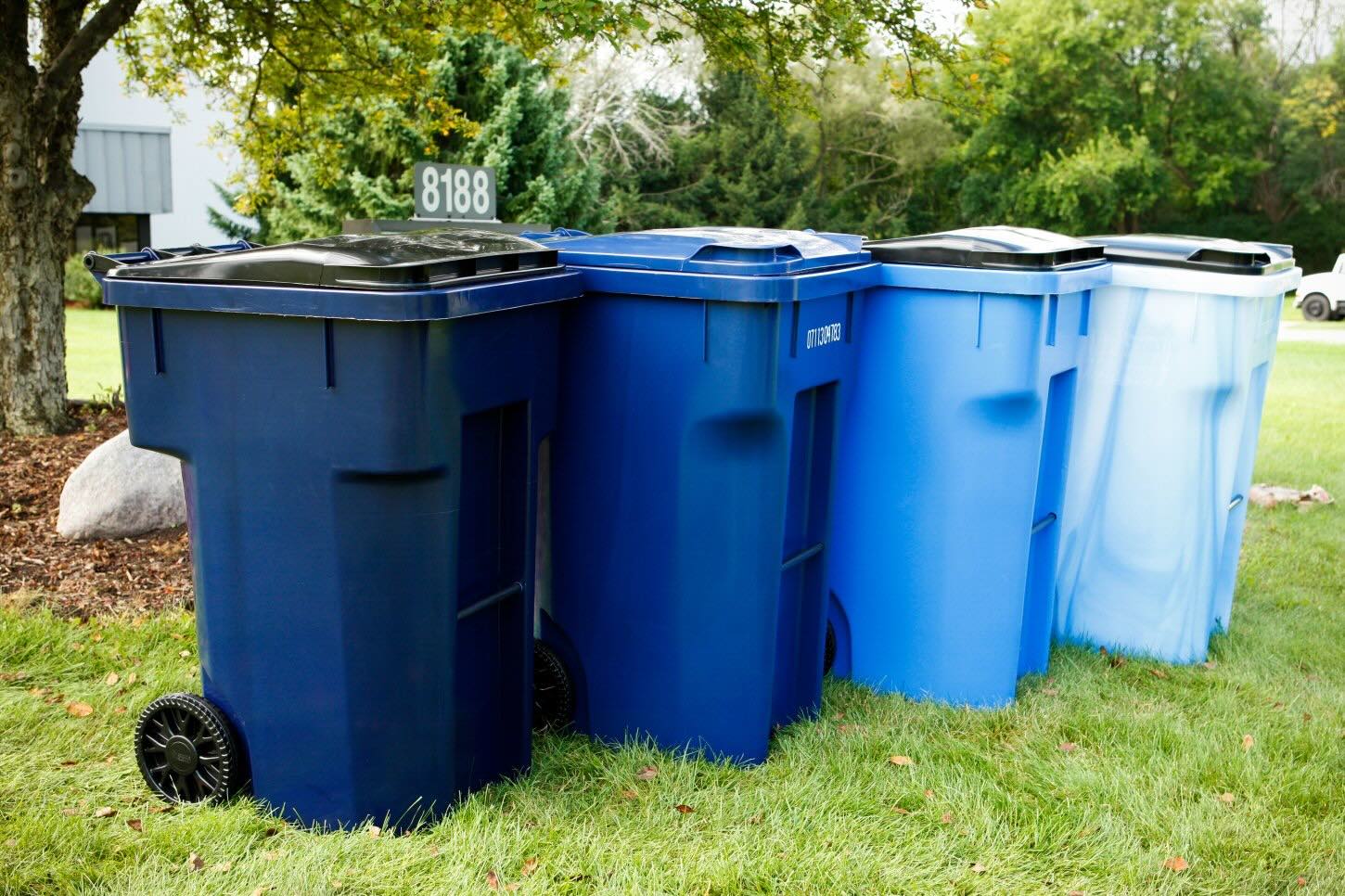
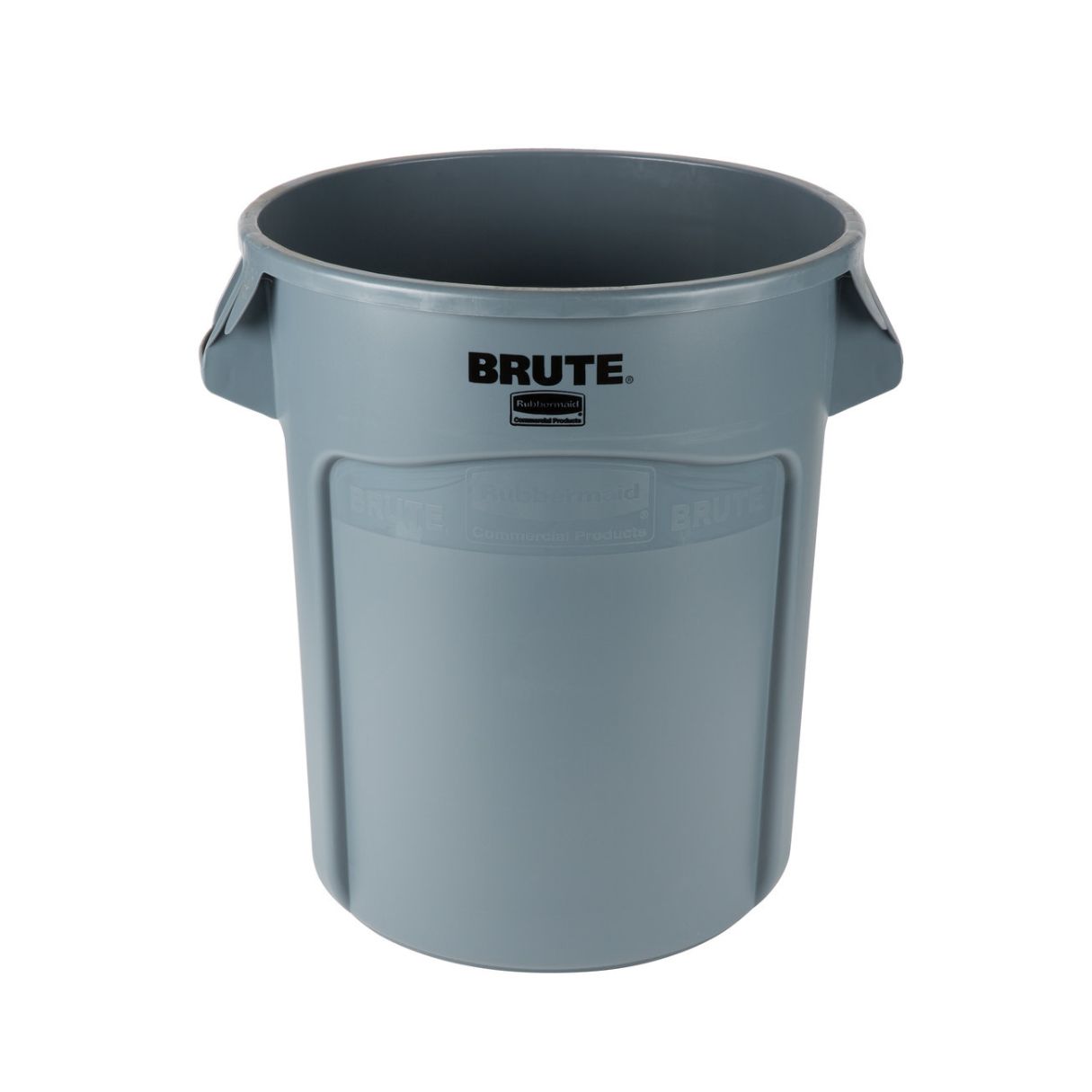
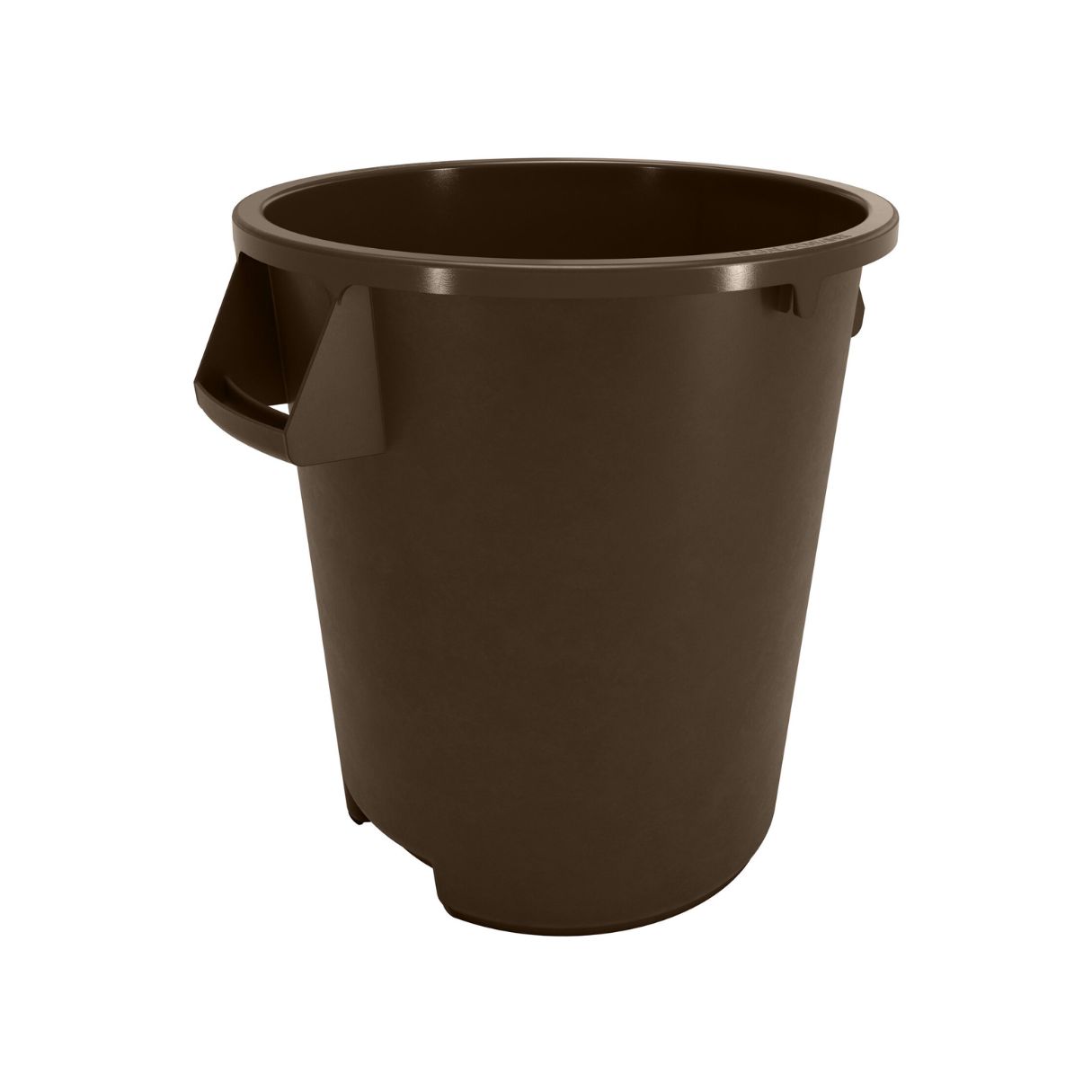
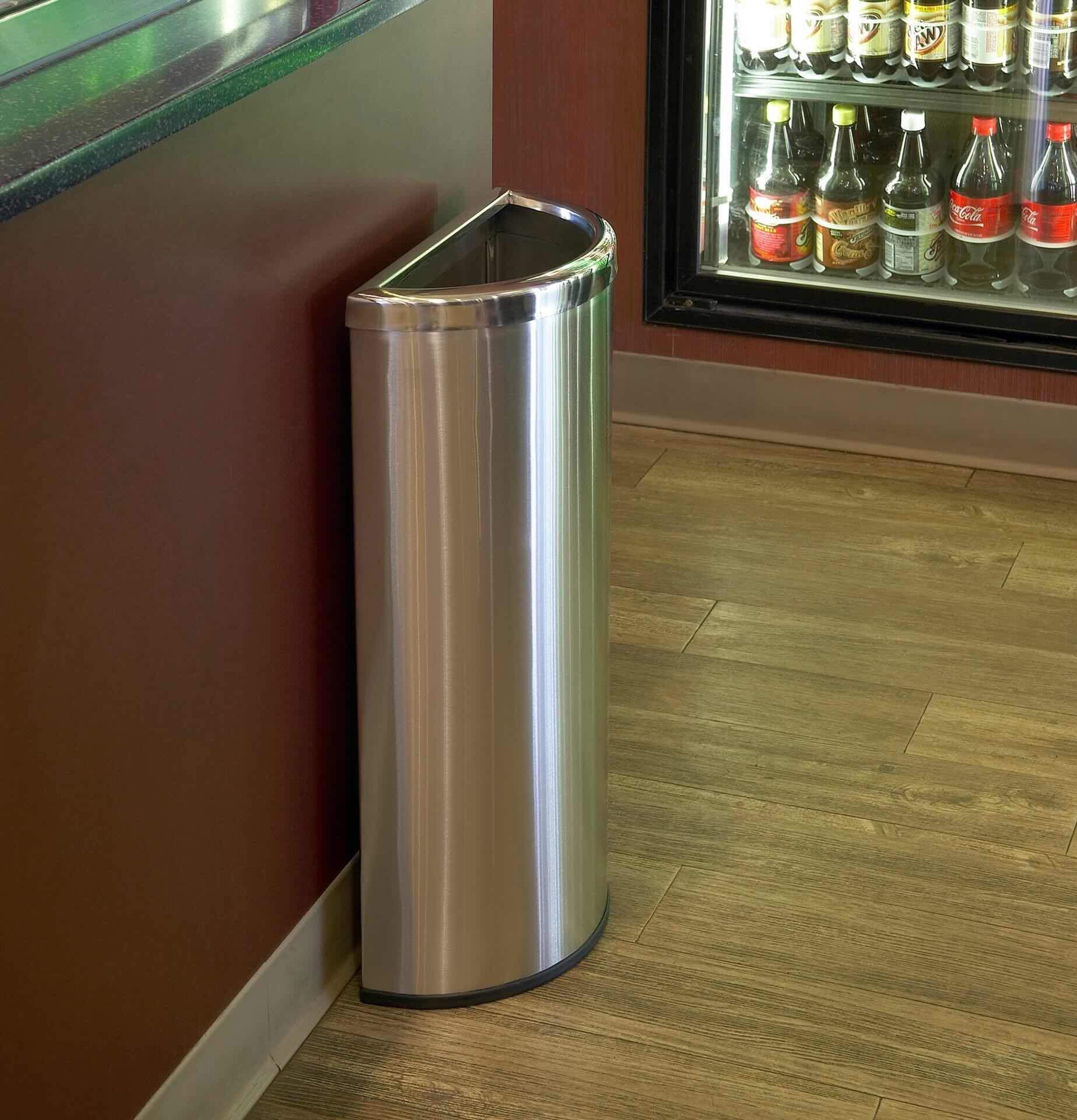
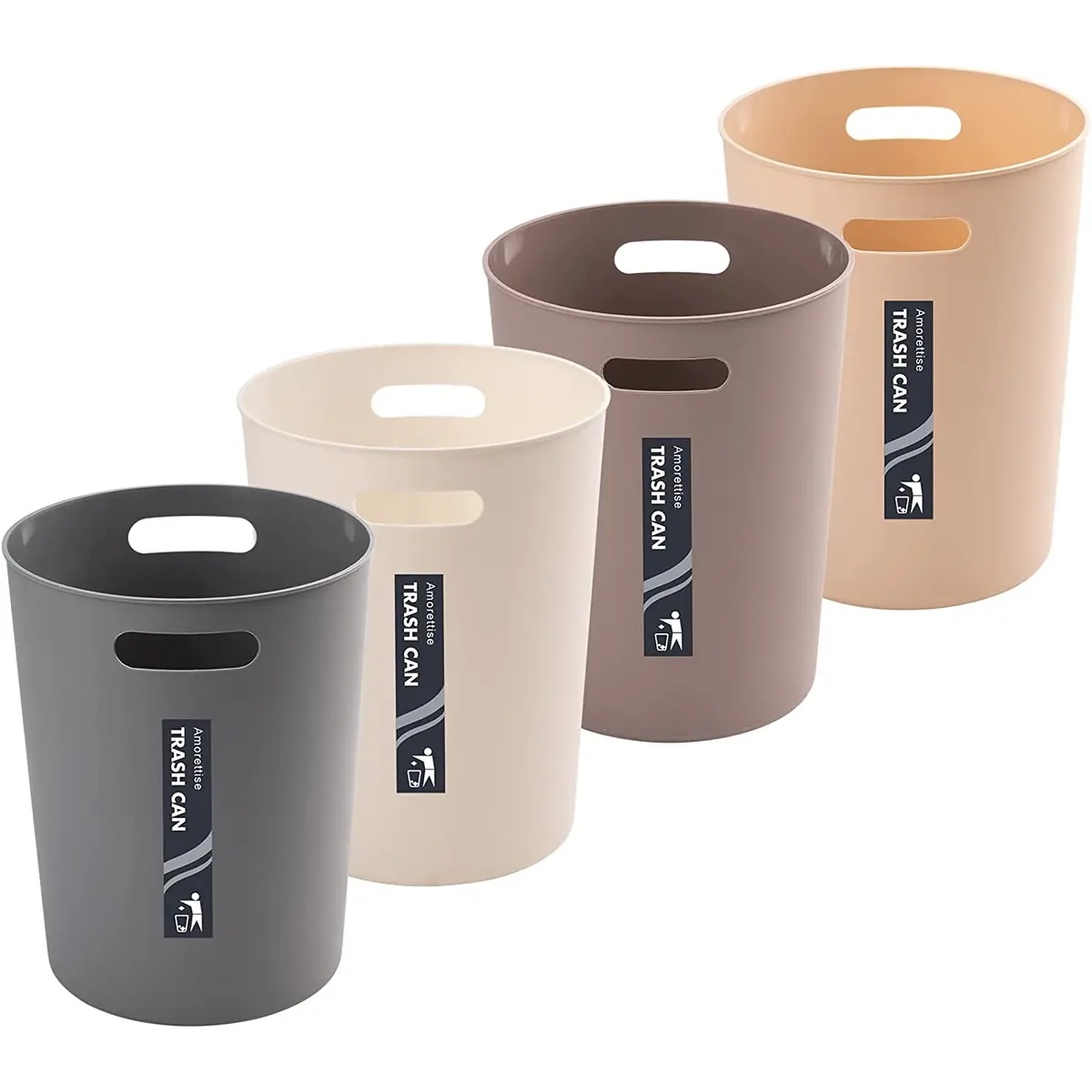
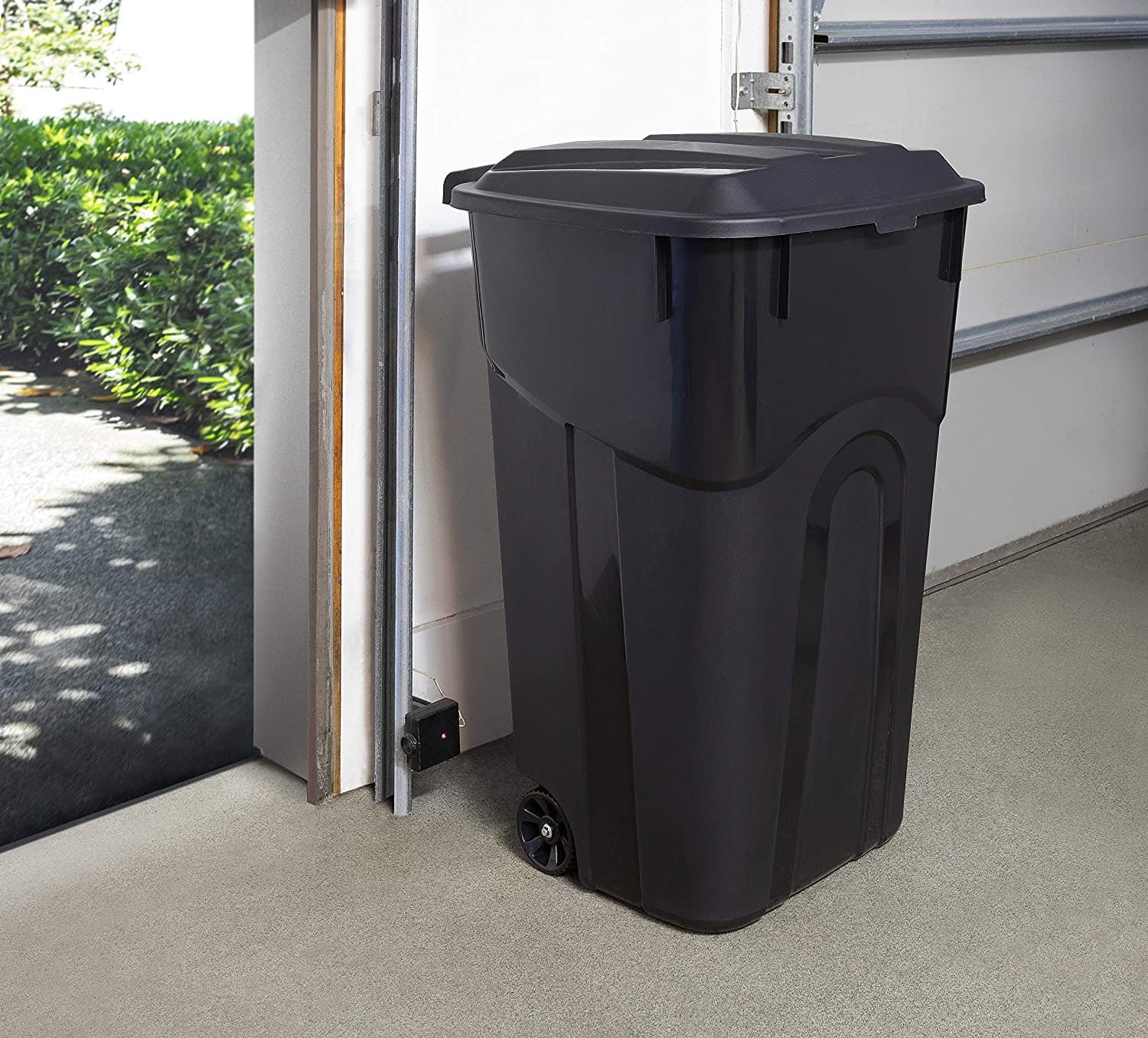
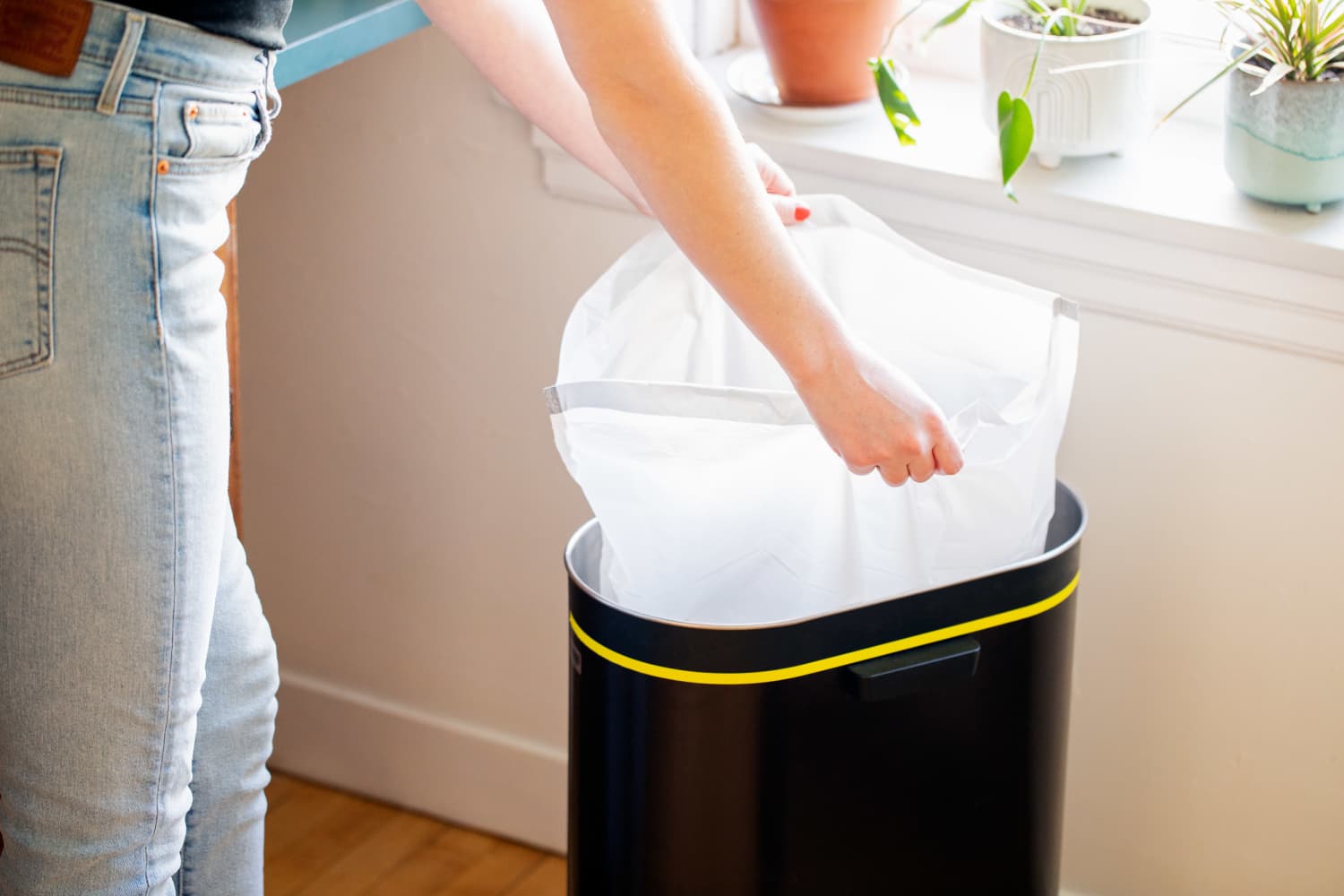
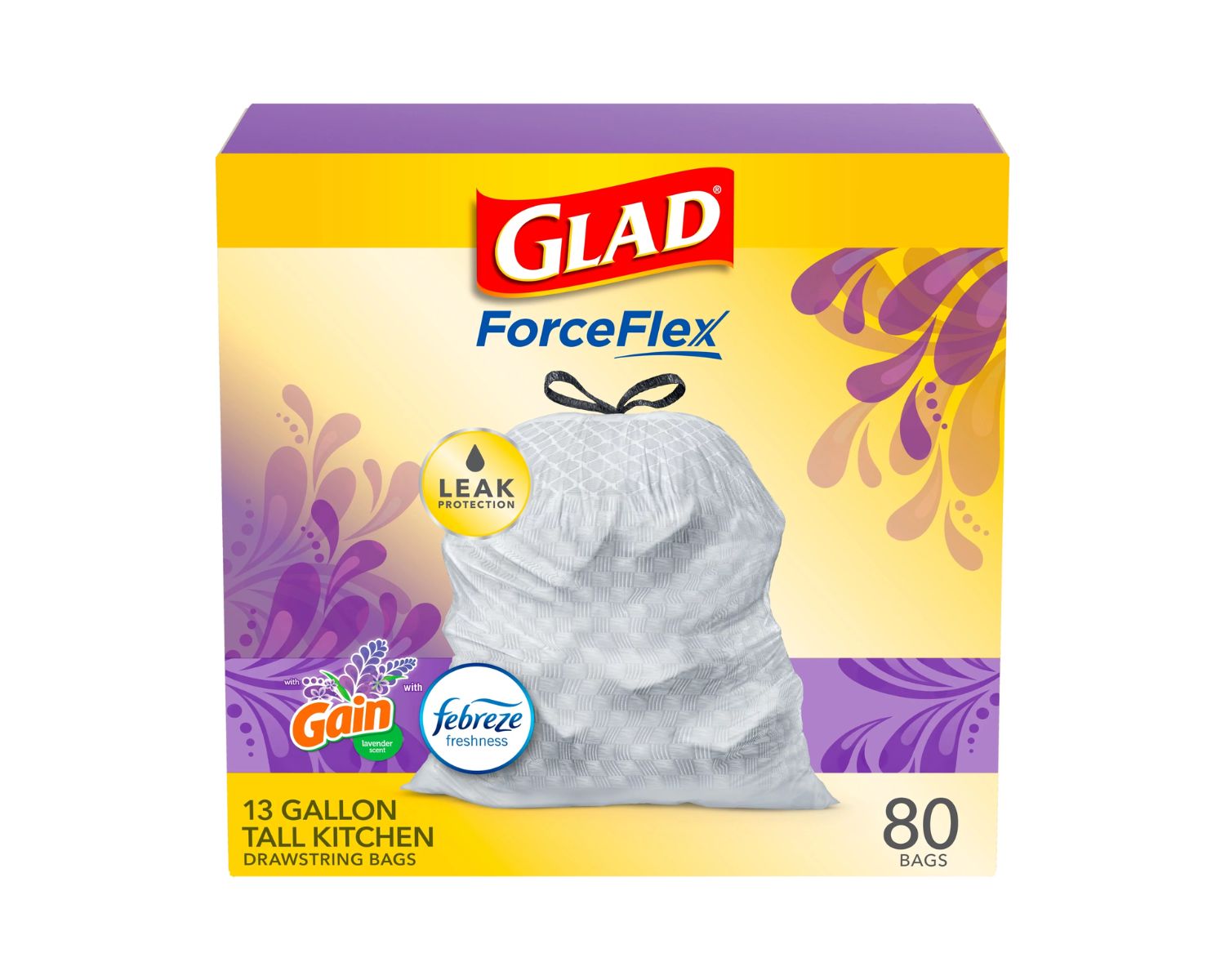

0 thoughts on “How Big Is A 50 Liter Trash Can”